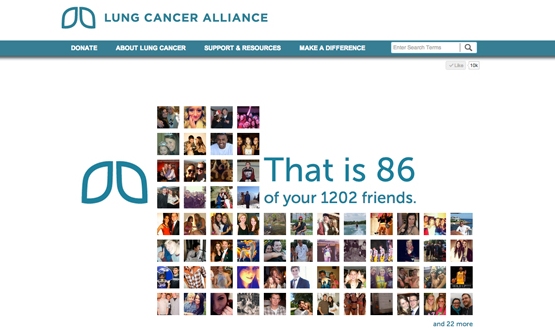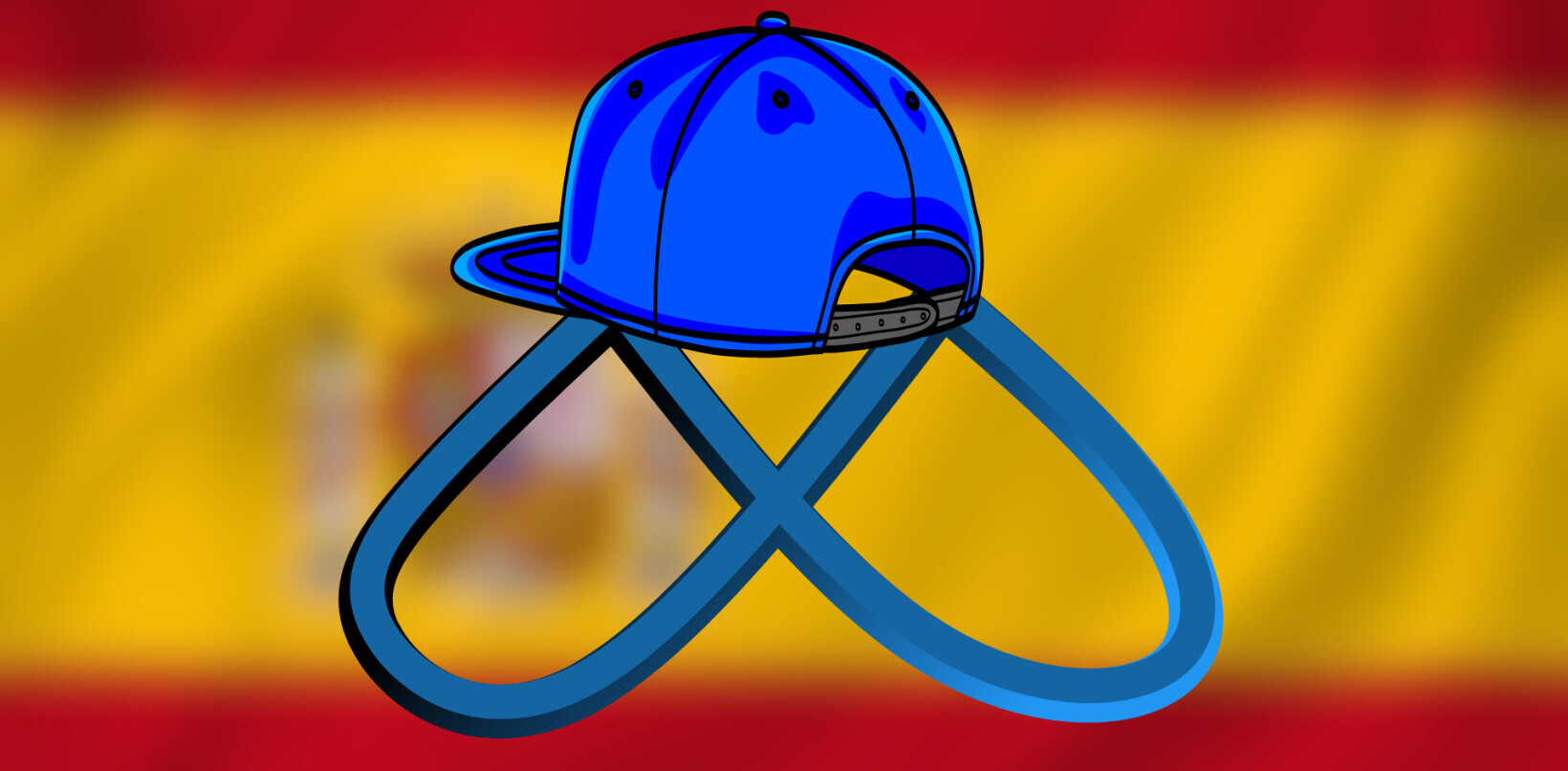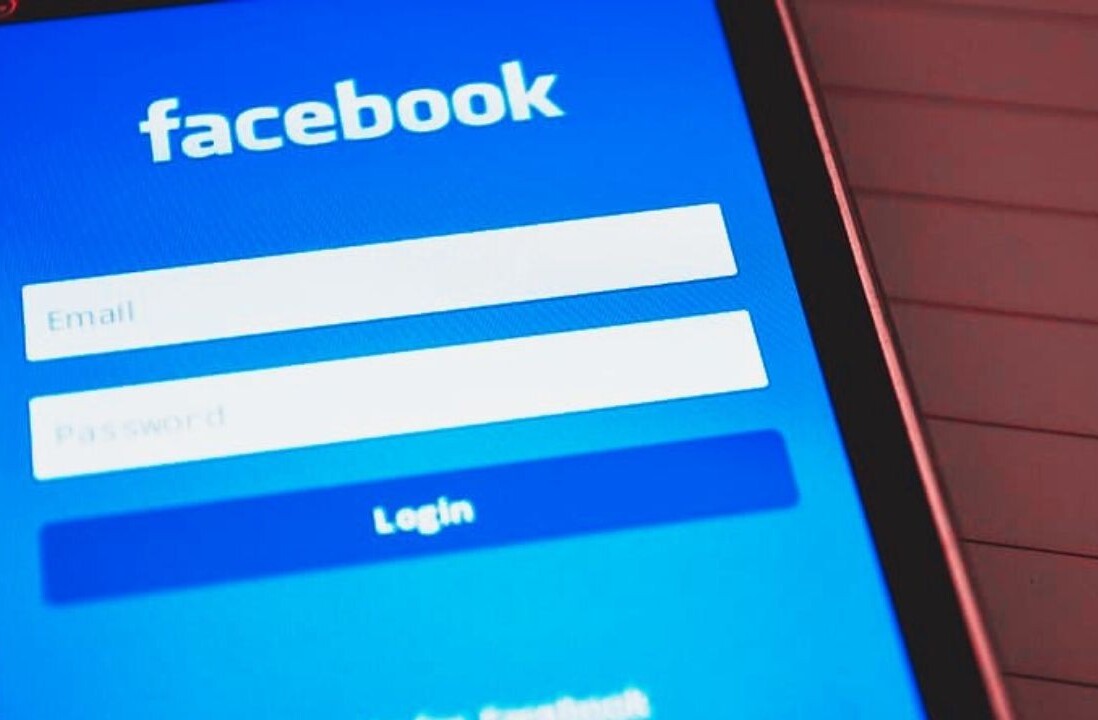
It’s been a couple of years since we last took a good look at some of the best Facebook marketing campaigns out there, as businesses sought to leverage the power of 750m potential customers.
Now, with 1 billion+ monthly active users under its belt, Facebook is more alluring than ever from a marketer’s perspective. But many companies still struggle to figure out how to use the platform to their advantage, so we’ve dug around and eked out some more recent examples of Facebook being put into action for business. Here’s ten of the best.
Grey Poupon: Society of Good Taste
“This society is a private club committed to upholding the pillars of good taste set by our mustard. Only applicants with the most discerning palates will be admitted. Those whose applications are denied will have their LIKE rescinded.”
Grey Poupon is a brand of Dijon mustard that’s particularly popular in the US. And with its Society of Good Taste campaign last year, it went all counter-intuitive on would-be likers by screening them first to see if they were ‘good enough’ to be fans of the brand.
So, unlike other Facebook behemoths such as Skittles or Coke which strive to collect ‘likes’ as though they’re going out of fashion, Grey Poupon took a more…reserved approach. It wasn’t so much about quantity of ‘likes’, but the ‘quality’, referring to itself as the “…most discerning Page on Facebook.”
Searching a user’s profile and timeline, Grey Coupon would deliver a refinement score based on things like number of friends, check-ins, likes, and even their use of grammar. Access was granted only to the top percentile who were given exclusive content and rewards. Those who weren’t deemed to be worthy, had their ‘like’ rescinded and were asked to work on improving their profile before applying again.
It was all very tongue-in-cheek rather than being genuinely elitist, but it was effective nonetheless in setting itself apart from the masses.
Whether or not people actually care enough about mustard to jump through hoops to ‘like it’, it helped to show how thinking just a little bit outside the box can work wonders for a campaign, and secured them coverage in the likes of the New York Times.
OAK Milk: Reverse Robbery
“There’s only one cure for a store that doesn’t stock OAK and that’s a Reverse Robbery.”
Parmalat is a multinational food, drink and dairy company, headquartered in Italy, that manufacturers a flavored milk called OAK that’s popular in parts of Australia.
Through its Facebook Page, fans of the beverage were invited to request a so-called ‘Reverse Robbery’ in their local neighbourhood stores. What does that mean? Well, a group of guys wearing masks storm a convenience store – not to rob it, but stock it with OAK. Later, they even went so far as to carry out Reverse Robberies on fans’ homes.
Granted, this sort of campaign is perhaps more well-suited to big brands with big budgets, but by demonstrating a real-world effect from actions on Facebook, this principle is something that can be used across many campaigns. Merging digital and physical clearly works when executed well.
The Pepsi ‘Like’ machine
“The Like machine – a vending machine that won’t accept money, only ‘Likes’.”
Very much contrary to Grey Poupon, Pepsi really wants your Facebook ‘Likes’ – so much so, they built a vending machine that dispatches a free can of the carbonated cola beverage whenever you show your affection for the brand on Facebook. It was first used at the Beyonce concert in Antwerp, Belgium.
You can Like the brand via your smartphone and a can will appear from the machine as if by magic. Or, you can use the touchscreen on the front of the vending machine to log-in to your account.
This perhaps leans less towards a Facebook campaign than it does a bribe from a corporate behemoth to boost its vital stats, but as with the OAK milk initiative, it shows the impact of taking a marketing push offline and into the real world – seeing really is believing.
Lay’s Do us a Flavor
“Lay’s is asking America to create the next big potato chip flavor.”
Lay’s has previously run crowdsourced campaigns to develop new flavors of potato chip in a number of countries, heralding in caesar salad, and shrimp versions.
Last year, Lay’s took its campaign to Facebook in the States, with users invited to propose and vote on the next flavor. To do so, they had to select three ingredients, come up with a name, and pen a short description of it to serve as an initial marketing mantra. In case you’re wondering, cheesy garlic bread emerged victorious, and the winner walked off with a cool $1m.
With Facebook, it can be easy to fall into the trap of using it purely as a broadcasting platform, rather than a medium for 2-way communication. Regardless of your budget, engaging with your fans is important – you may not have $1m to give away, but you can offer up other freebies in return for their input.
➤ Lay’s Do Us a Flavor | Facebook
Obermutten: A little village goes global
“In Switerland’s Graubunden region, there are several tiny, beautiful villages. Unfortunately, no-one’s ever heard of them.”
With a population of less than a hundred, the town of Obermutten in Switzerland was looking for a way to put itself more prominently on the world map. But how could it do that? Step forward Facebook.
After launching a Facebook Page, it invited people to ‘like’ the Page to have their photos posted to the physical bulletin board in the village. Things went pretty viral, gleaning media coverage around the world and the pictures became too much for the little bulletin board to cope with, so the pictures were then plastered across town on any available space.
People who’d never been to the town before were now interested in the town, and the mayor and his family have been very hands-on with engagement. The mayor’s daughter even knitted a scarf for a competition winner from South Korea.
You don’t need a big marketing budget to get people interested.
Adam Tensta: One Copy Song
“One Copy Song is a Facebook app that allows only one person to listen at a time, before it has to be passed on to someone else.”
Back in March 2012, Swedish rapper Adam Tensta wanted to bring ‘special’ back to music by letting just one person listen to a track at a time.
With the likes of Spotify and iTunes, users can access music galore and listen unrestricted to their heart’s content. But it’s much easier to get lost in the noise for emerging artists, which is why Tensta wanted to create something a little…different.
Once you installed the Facebook app, you could listen to the song only if it’s available, meaning nobody else was listening to it at that time. If someone else was listening, you could sign up, wait in line and get a message when it was your turn.
It harnessed the power of social and digital but set itself apart from other mediums through the way it was delivered – this brought real value to the listener. Not only did this build a demand to hear the song, but it’s reminiscent of days of yore when you would pass a mixtape around your friends.
Granted, it was never going to hit the giddy heights of number one on the Billboard charts, but it’s still pretty genius if you ask us.
Lung Cancer Alliance: No-one Deserves to Die
“Lung cancer kills more Americans than the next three most deadly cancers combined (breast, prostate, colon).”
The Lung Cancer Alliance set out to remove the stigma and discrimination associated with lung cancer, with a few towards encouraging people to question their attitudes to the disease, and inciting public dialog.
Before any of the online campaign kicked off, they embarked on a week-long teaser via out-of-home advertising, posting headlines that stated everyone from cat lovers to hipsters deserved to die. By all accounts, people tore the posters down, with TV stations covering the strange messages that were being bandied about town. When anyone Googled deserve to die, they were directed to a teaser landing page with a clock that counted down to the big reveal: who was behind such hatred?
The Lung Cancer Alliance then introduced videos, online displays, search and, of course, social media. A Facebook app integrated the ‘No One Deserves To Die’ theme with facts about cancer, that 1-in-14 Americans would be diagnosed with lung cancer and, interestingly, the app randomized who that would be among the person’s Facebook friends, of which only two would survive more than five years following diagnosis.
This showed that Facebook may only play a part in your overarching campaign – real-life teasers to get people talking in the build-up was very clever. And by tapping a user’s Facebook profile, you can personalize a message for each user.

➤ Lung Cancer Alliance | Facebook
Allstate Insurance: Mayhem
“Call me Mayhem. I’m anything from your blind spot to a raccoon in your attic. And you’re about to get to know me a whole lot better. See you soon.”
Some brands naturally lend themselves more to Facebook than others – for example ‘cool’ consumer brands such as Coke or Red Bull. But what about insurance firms?
Illinois-based Allstate Insurance has a fairly impressive 300,000+ Facebook fans on its own Page, but its fictional Mayhem character has more than 1.5m.
The campaign was set up to educate people about the dangers they face in every day life which, well, they may not be covered for, such as being sued if you crash into an expensive car. Mayhem may ensue, but Allstate is there to help – that’s the general idea.
Mayhem gained traction through traditional mediums originally, but he finally landed on Facebook with his own Page, letting fans engage with him directly. Simple comments such as, “I’m a bee and I have no idea why I’m in your car but I am VERY angry about it” garner 30,000 ‘Likes’ alone, which is crazy really.
Though everyone knows the character is fictional, people still like the idea of Mayhem being a person – by putting a face and a name to a profile, people can connect with the campaign, much in the same way as people become fans of fictional characters in soap operas.
Help Remedies: Help, I have the flu
“The ‘help I have the flu’ app for Help Remedies takes what Facebook does best—connecting friends, family and co-workers—to create a snapshot of who is sick or might be getting sick.”
How does a pharmaceutical company engage the social masses on Facebook? By tapping into your ill friends on Facebook, of course.
Help Remedies launched a Facebook app that scans all your friends posts to detect keywords such as ‘flu’, ‘sneeze’, ‘cough’. If a friend is flagged, the algorithm takes your location into consideration, and how often you interact with the sick person, to determine a list of prime suspects if you become ill too. You can also send them a light-hearted blame message, along with a discount coupon.
It’s easy to view Facebook as a simple one-on-one conversation with a customer, but the underlying social graph is potentially huge, and by tapping into it you can create more engaging relationships – and even help spread the good word.

C&A: Fashion Like
According to those in the know about fashion, women like to get advice when shopping for new outfits. So what more advice would you need than the Facebook masses?
The Brazilian arm of C&A put clothes from its new collection on Facebook, encouraging people to click ‘Like’ for the items they preferred. These were then counted in real time on the physical hangers of the actual clothing in the store, thus revealing the popularity of each item.
Again, this particular example won’t work for those on lower budgets, but it shows how a little creative thinking can harness the power of the crowd to bring real value to the physical world.
These are just a small selection of some of the more quirky and interesting Facebook campaigns that businesses, individuals and other organizations have been embarking on in the past couple of years. We’ve tried to ensure these are varied to demonstrate that imagination is as important – if not more important – than having a blank check at your disposal.
Creativity counts for a lot, and you can achieve a great deal of customer engagement by thinking just a little bit outside the box.
Feature Image Credit – Getty Images
Get the TNW newsletter
Get the most important tech news in your inbox each week.




